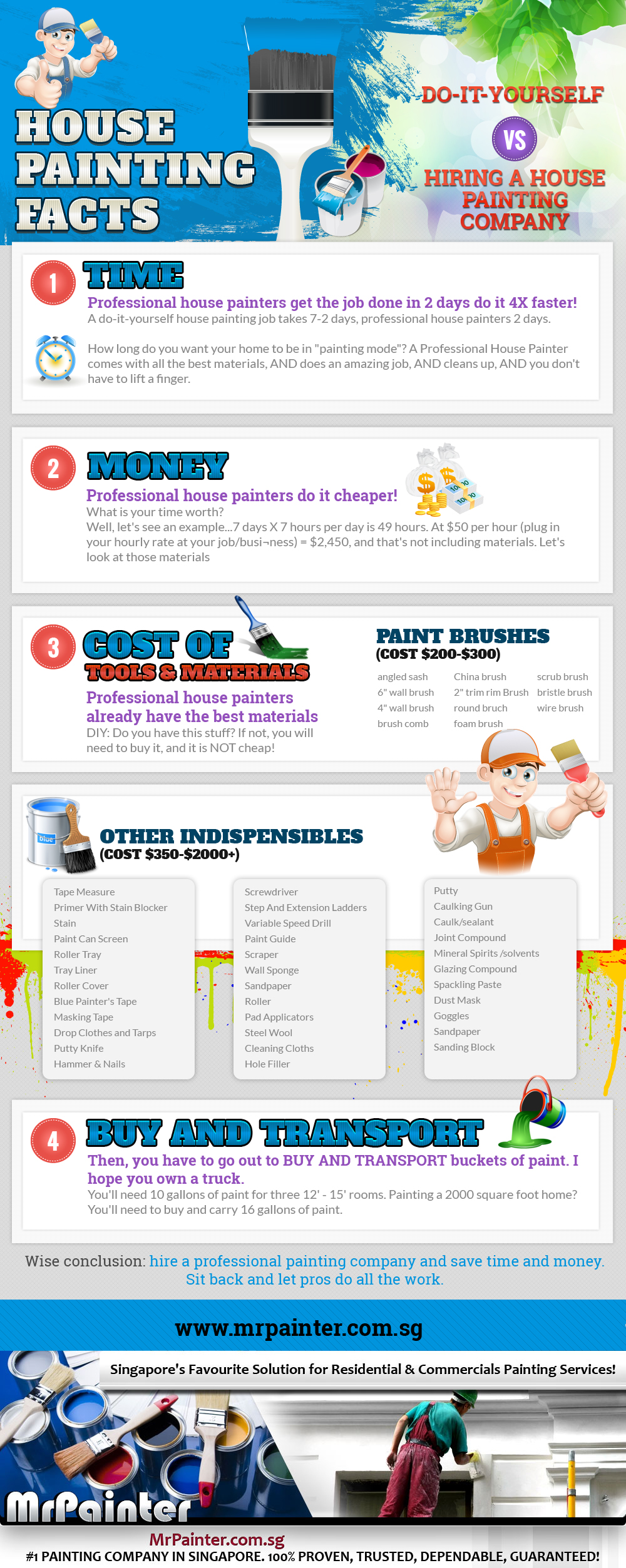Find Out About The Methods Which Seasonal Variables Can Affect The Success Of Business Outside Paint And Establish The Best Times To Achieve Lasting Results For Your Job
Find Out About The Methods Which Seasonal Variables Can Affect The Success Of Business Outside Paint And Establish The Best Times To Achieve Lasting Results For Your Job
Blog Article
Composed By-Aguilar Urquhart
When you're preparing a commercial outside paint task, seasonal aspects can make or break your outcomes. You'll want to take into consideration how temperature and humidity influence paint application and drying out times. Choosing the right period can guarantee your paint adheres effectively and lasts much longer. Yet which seasons are absolutely the most effective for this type of job? Let's discover the key elements that can impact your task's success.
The Effect of Temperature Level on Paint Application
When you're intending an industrial external paint task, the temperature level can significantly influence exactly how well the paint sticks and dries.
Preferably, you want to repaint when temperatures range in between 50 ° F and 85 ° F. If it's also cool, the paint might not cure effectively, causing issues like peeling off or fracturing.
On the flip side, if it's also hot, the paint can dry as well rapidly, avoiding proper attachment and causing an uneven surface.
You need to also think about the time of day; early morning or late afternoon offers cooler temperatures, which can be extra positive.
Always check the supplier's referrals for the details paint you're making use of, as they usually offer guidance on the suitable temperature level range for ideal outcomes.
Moisture and Its Effect on Drying Times
Temperature level isn't the only ecological aspect that affects your commercial exterior painting job; moisture plays a significant function too. High humidity levels can slow down drying times substantially, impacting the total quality of your paint task.
When the air is filled with dampness, the paint takes longer to heal, which can cause issues like bad adhesion and a higher threat of mold growth. If you're painting on a specifically damp day, be prepared for extensive delay times in between coats.
It's important to monitor local climate condition and plan appropriately. Preferably, go for humidity levels in between 40% and 70% for optimum drying.
Keeping these factors in mind guarantees your task stays on track and delivers an enduring coating.
Best Seasons for Commercial Exterior Painting Projects
What's the best time of year for your business external paint tasks?
Spring and early loss are normally your best options. Throughout these seasons, temperatures are moderate, and moisture degrees are usually lower, developing optimal problems for paint application and drying.
Stay clear of summertime's intense heat, which can cause paint to dry too quickly, bring about inadequate adhesion and coating. In https://caidenydimr.humor-blog.com/33336615/looking-for-the-perfect-residence-painters-check-out-the-insights-that-can-bring-about-a-beautiful-home-makeover-and-improve-your-residential-property-value-by-as-long-as-7 , winter months's chilly temperatures can prevent appropriate drying out and curing, taking the chance of the durability of your paint task.
Go for days with temperature levels between 50 ° F and 85 ° F for optimum results. Keep in mind to examine the local weather report for rainfall, as damp conditions can ruin your task.
Planning around mouse click the following article ensures your painting job runs smoothly and lasts longer.
Conclusion
In conclusion, planning your industrial outside paint projects around seasonal factors to consider can make a considerable distinction in the outcome. By organizing work during the perfect temperature levels and humidity levels, you'll guarantee much better attachment and drying times. Remember to keep an eye on regional weather prediction and choose the right time of year-- spring and very early fall are your best options. Taking these actions will certainly help you accomplish a resilient and expert coating that lasts.
